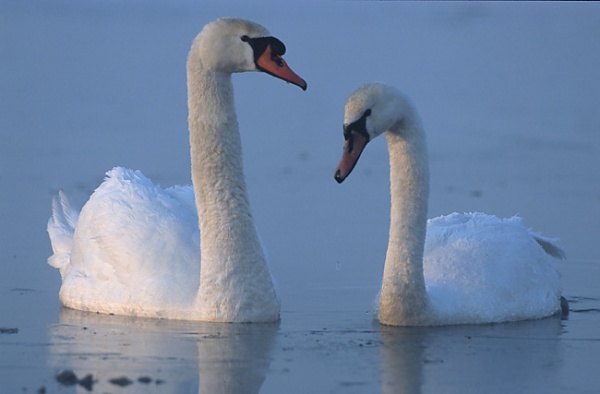Facts About Swan
Swans are majestic birds belonging to the Anatidae family and the Cygnus genus. They are closely related to geese and ducks, sharing several similarities. These elegant creatures are renowned for their graceful demeanor and beautiful appearance. Presently, there are six extant species of swans, though the coscoroba swan was previously considered a member of this group. Swans are especially famous for their largely monogamous mating habits, although there are exceptions. They typically lay between three to eight eggs per clutch and are exceptionally protective parents.
The word 'swan' is derived from an ancient Indo-European root and has various forms across different languages. Young swans are called cygnets, adult males are known as cobs, and females are referred to as pens. Swans are among the largest flying birds, with some species reaching impressive sizes. They possess unique features such as serrations on their bills, which assist in catching fish, and a distinctive unfeathered patch of skin between their eyes and bills.
Primarily herbivorous, swans mainly consume aquatic plants but will occasionally feed on small aquatic animals. They are predominantly found in temperate regions, with some species migrating seasonally. Swans are monogamous, forming strong pair bonds. They construct nests near water and share the responsibilities of incubating their eggs. Swans are known for fiercely protecting their nests and young, often displaying aggressive behavior towards potential threats.
The Cygnus genus evolved in Europe and western Eurasia during the Miocene period. The mute swan is closely related to the Cygnus species found in the Southern Hemisphere. Swans inhabit various regions around the world, with some species undertaking extensive migrations. The taxonomy of swans includes several subgenera and numerous species, with the mute swan, black swan, and whooper swan being some of the most well-known.
The fossil record of swans is rich, with many prehistoric species having been identified. The Cygnus genus boasts a long evolutionary history, with different species adapting to diverse environments over time. Swans have made a significant impact on avian evolution and continue to captivate people with their beauty and grace.

 Ireland
Ireland